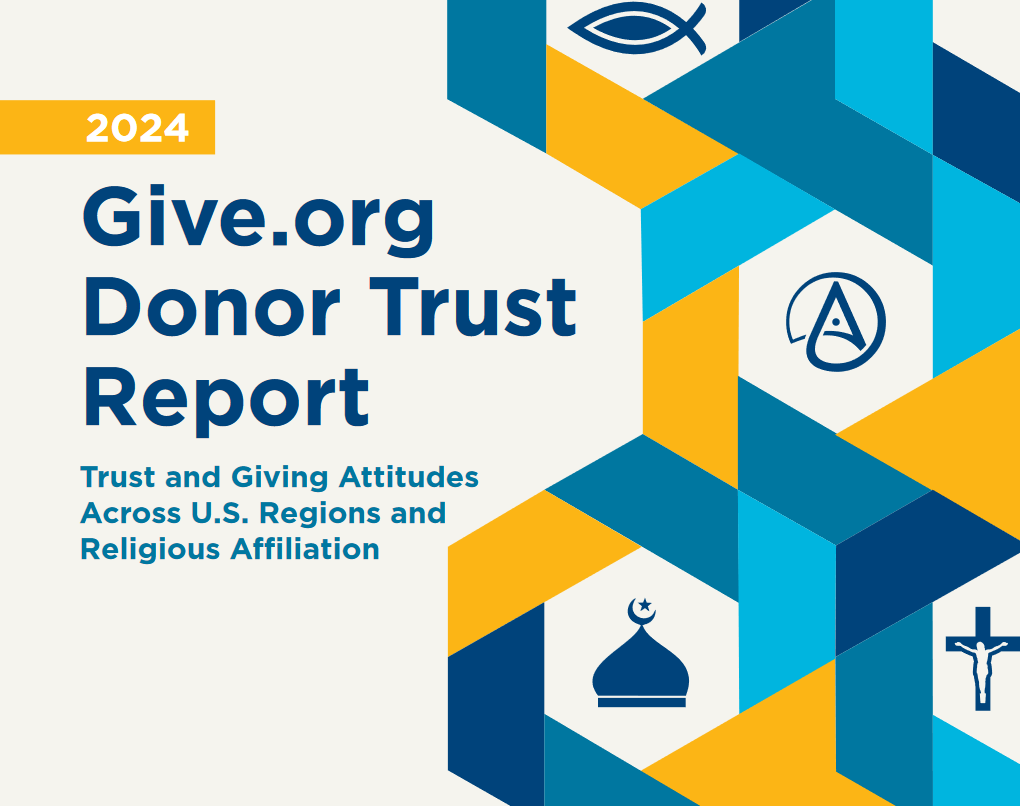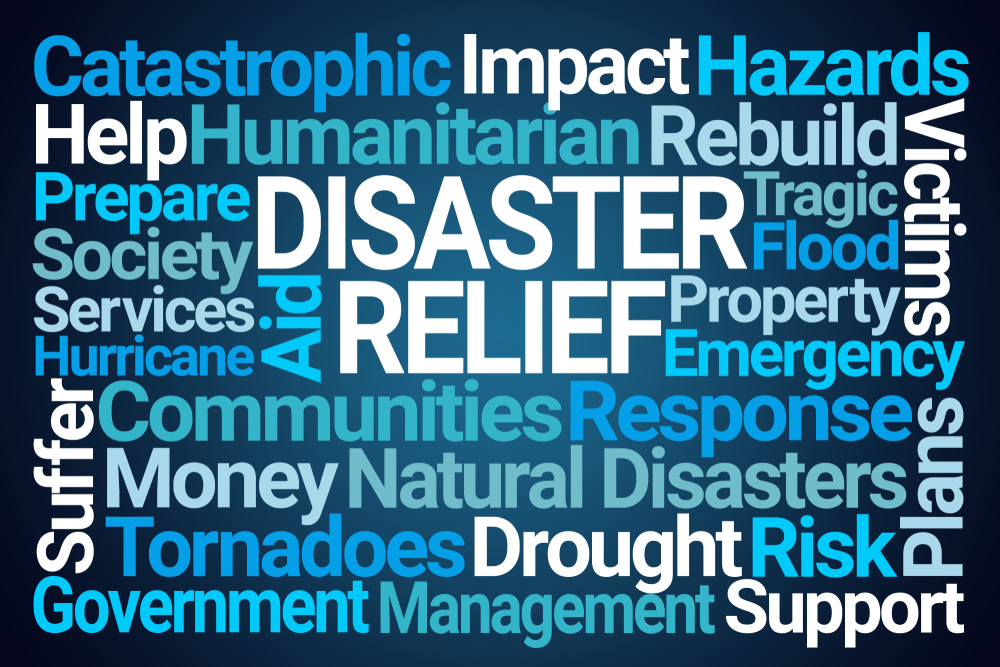Wise Giving Wednesday: Charity as a “Going Concern”
In the business world, there is a concept in accounting that is called “going concern” which assumes that a business entity will continue to exist in the future. This same concept applies to not-for-profit organizations as well. Outside auditors, however, when carrying out their activities when preparing a charity’s financial statements, may conclude there is substantial doubt about the organization’s ability to continue and will accordingly express this concern in the opinion and/or notes of the audited financial statements.
Some may think this issue only emerges just when a charity’s liabilities exceed its assets and the organization has little cash on hand. This can, however, sometimes be a more complicated circumstance to consider. As explained in Section 2.125 of the Audit and Accounting Guide for Not-for-Profit Entities (produced by the American Institute of Certified Public Accountants, AICPA, March 2016 edition,) examples of conditions that could lead to a going concern notation, include, but are not limited to:
- A high ratio of fund raising expenses to contributions received
- Insufficient resources to meet donor restrictions
- Concerns expressed by state authorities regarding alleged violations of state laws
- External events that could affect donors’ motivations to continue to contribute
- A loss of major funding sources
On the other hand, the fact that a going concern issue has been identified does not necessarily mean that a charity will soon cease operations. The charity’s board of directors in conjunction with management can develop plans to offset this issue by taking appropriate measures, although they may be painful. Examples include a reduction of paid staff and other expense reduction actions. Or, it may develop alternative fund raising strategies if a major source of funding, such as government grants, has stopped for some reason.
One recent example that came to the attention of the BBB Wise Giving Alliance is a charity that went into severe debt with a fundraising company due to the fact that the charity’s contributions were not sufficient to cover the amounts due to this company, which unfortunately was a multi-year contract. One of the lessons here is to carefully consider the risk associated with engaging in a large multi-year agreement that could raise problems if the hired firm is not successful. The specifics of the termination clause in such contracts is key in helping the charity exit a circumstance before it overtakes them.
Strong internal control procedures and an active finance committee on the charity’s governing board can help a charity avoid potential financial problems. Some of the caution signs to watch out for include: several years of net losses, lack of adequate accounting systems to track expenses, too many outstanding loans, and government grants and/or contracts that do not fully cover all of the costs incurred in carrying out an activity.
On a separate note, as part of our Building trust video series, we are pleased to provide our short interview with Joshua Tripp, COO & CFO of the Grameen Foundation (a BBB Accredited Charity) which helps the world’s poor by providing financial services, information on agriculture and health, and helps poverty-focused organizations improve their operations by providing mobile-based management tools and other technology resources.
We are always working with charities to publish or update reports for donors. Visit Give.org or local BBBs to check out any charity before giving. Our recently evaluated charities include:
Finally, remember to let us know by going to https://give.org/ask-us-about-a-charity1/ if you are interested in seeing a report on a charity not on the list and we will do our best to produce one.
H. Art Taylor, President & CEO
BBB Wise Giving Alliance












.jpg?sfvrsn=8073f1a5_0)
















